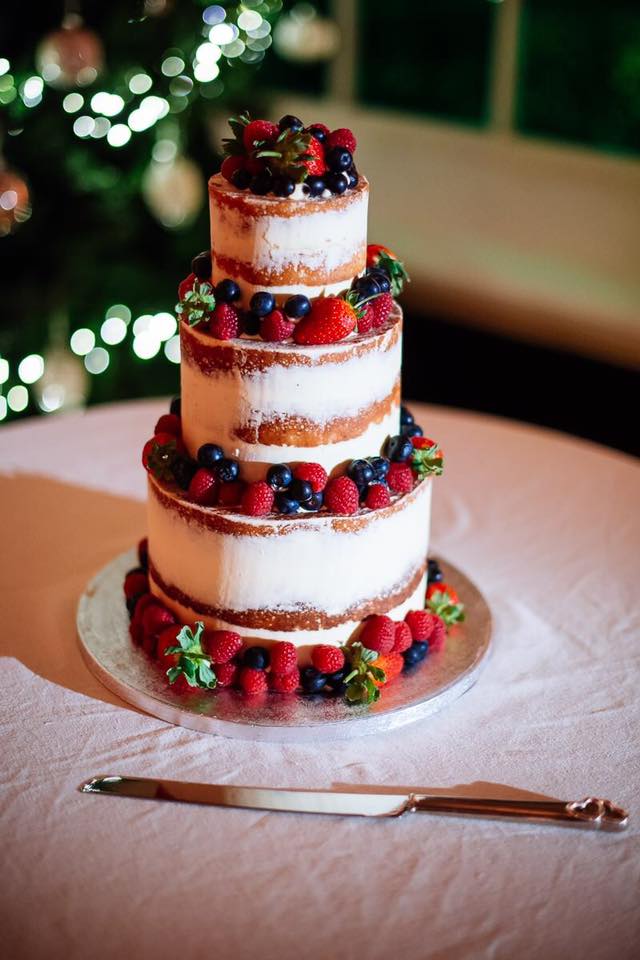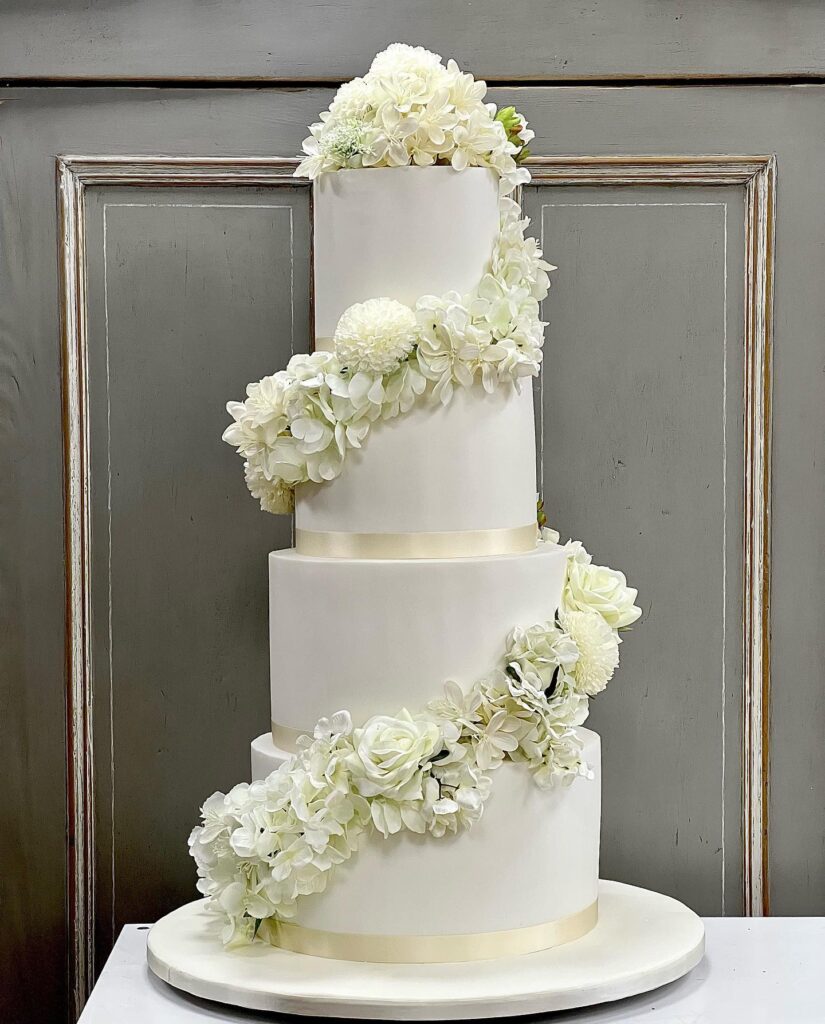The Ultimate Guide to Cake Portions
RobinCake is one of life’s simple pleasures. There’s nothing quite like a forkful of fluffy frosting and moist cake. But as delicious as cake is, it’s still important to be mindful of portion sizes. With cake slices getting bigger in restaurants and bakeries over the years, it’s easy to accidentally eat more than you intended.
The ultimate goal is enjoying your cake and eating it too – without going overboard or needing to order more cake than you’d planned for an event. This guide will provide you with tips for satisfying cake portion sizes, from standard cake slice portions for any event to techniques for cutting neat slices.

Dessert vs. Coffee Servings
Traditionally, different events call for different cake serving sizes. Dessert servings are substantial slices intended as the dessert for a meal, while coffee servings are smaller, finger-sized portions presented with coffee after a larger dessert has already been served. In the past, coffee servings were standard for weddings while dessert slices were the norm for parties.
But traditions are meant to be broken! These days, you can serve your wedding cake as a full dessert portion if you prefer. The choice between a dessert serving and a coffee serving may simply depend on your preferences and the formality of the event.
The serving size you choose is up to you. Let your preferences and tastes, not outdated traditions, decide the perfect portions for your celebration.
Standard Cake Slice Sizes
Cakes come in different shapes, sizes and slice counts. But there are some general guidelines for typical cake slice sizes that can help give you a frame of reference. Here are some common cake slice serving sizes:
1/12th of a cake: This is considered a smaller slice from a cake cut into 12 equal slices. It’s a modest portion from a standard 8-10 inch round or square cake.
1/16th of a cake: An even smaller sliver from a cake cut into 16 portions. Great for petite appetites or for dessert tables where guests may want to try more than one cake.
1/10th of a cake: A generous slice from a cake cut into 10 big portions. This is more common for large sheet cakes rather than tiered cakes.
1/8th of a cake: An extra thick slice from a cake cut into just 8 slices for a more indulgent portion.
These are helpful to use as a guide when cutting a cake, but of course, consider the event in question and your guests to choose the size that best fits the occasion.
Cutting Cakes With Height
Tall cakes have become an of-the-moment trend, allowing bakers to create show-stopping designs. But when cakes rise to dramatic heights, special considerations must be made for serving portions. For cakes above 7 inches tall, rectangular slices cut horizontally in half work best. This produces two dainty finger-sized pieces from each thick slice. The rectangular shape also prevents toppling, which can happen with unstable triangle slices.
To plan tall cake portions, first determine the overall height including layers and icing. Very tall cakes may require three or four short horizontal slices per serving. For a 10-inch tall cake, slices cut at 2.5 to 3 inches tall apiece produces elegant petite portions. The number of layers also impacts portions – three thin layers means less cake per slice than three thick layers.
With careful planning and execution, even cakes that reach for the sky can be portioned and served with style. Your towering cake creation will delight guests both with impressive height and delightful bite-sized pieces.

Cutting Cakes Neatly for Picture-Perfect Slices
The way a cake is sliced and served can make or break the presentation. With practice, you’ll be able to slice cakes like a pro for flawless slices every time. Follow these tips for cutting tidy, consistent slices for a professional cake cutting. Firstly, use a cake cutter tool – this makes perfectly straight and clean cuts. Insert the blade slowly in one smooth motion for flawless cuts. You should also cut with a gentle sawing motion. Apply light pressure and use a back-and-forth motion when cutting to prevent smashing or tearing the cake layers.
Wipe the icing or buttercream off the knife after each slice to keep cuts clean. Dipping the knife in warm water can also help ensure a smoother cut, as well as rotating the cake platter after each slice so you’re able to comfortably cut new slices. Position the knife upright and cut down to make tall, elegant slices, and consider using toothpicks or a slicing guide to mark equal intervals for consistency.
Get in touch
Cake is meant to be savoured and enjoyed, but with so many tempting cake options today, it can be easy to overload your plate without realising it. Be mindful of portion sizes to your guests to indulge in moderation so that every bite is as satisfying as the last. At Cakes by Robin, we create celebration cakes in a host of shapes and sizes, and we’d be happy to help you order the right size cake for your guest list. Get in touch with our team today to find out more and create your perfect cake.
Categories
- Birthday Cakes
- Cake Recipes
- Celebrity Cakes
- Children's Cakes
- Children's party styling
- Christening Cakes
- Christmas Cakes
- Cookies
- Corporate Cakes
- Corporate Cookies
- Cupcakes
- Custom Dessert Tables
- Dessert tables
- Easter Cakes
- Florists
- Great British Bake Off
- London Cakes
- Miscellaneous
- No fondant Cakes
- Recommendations
- Specialist Cakes
- Themed Cakes
- Wedding Cakes
- Wedding Services
- Weddings

